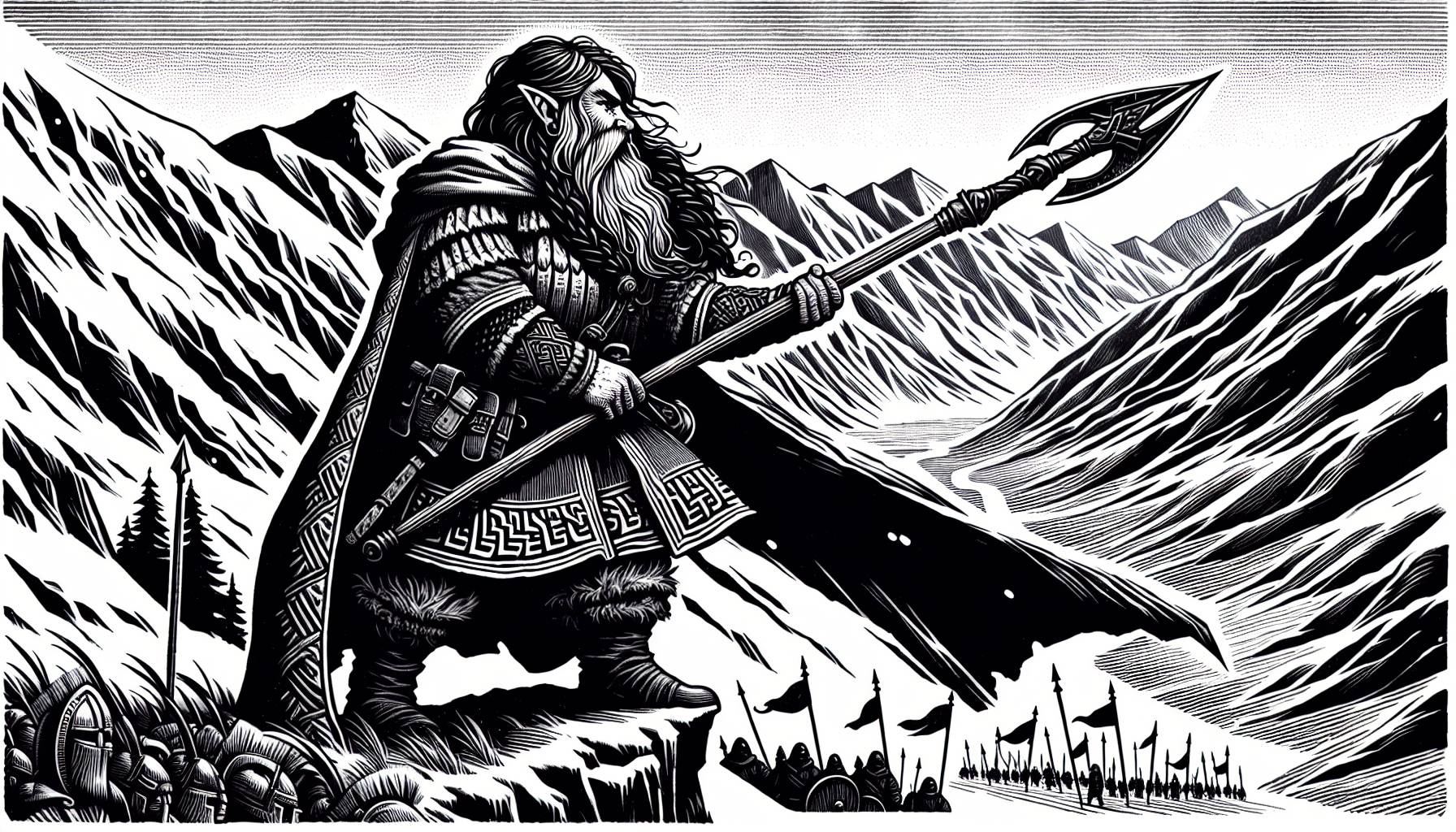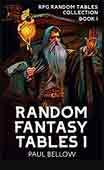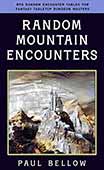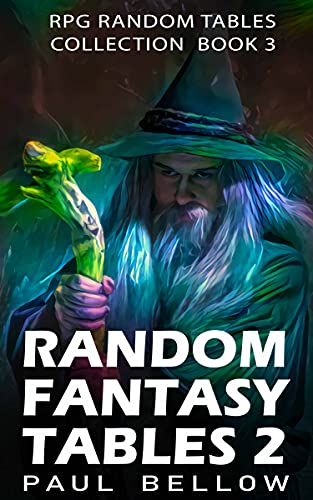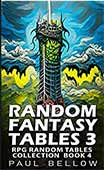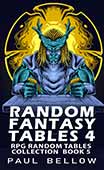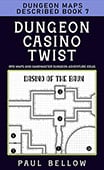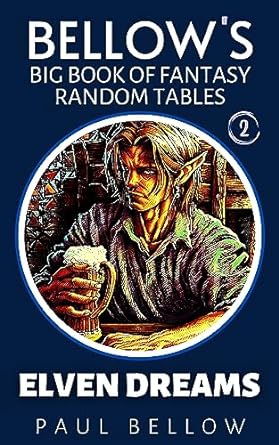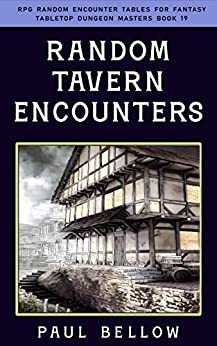Picture this: you’re an upstanding cleric on a noble quest to vanquish evil. Yet, after a night of deep dungeon diving and maybe a little too much enchanted ale, you wake up with a wild idea to give the local goblins a makeover instead of smiting them. Suddenly, the serene healer is now sporting glittery eyeliner and handing out free hugs. These delightful shifts not only lead to comical moments but also offer fresh avenues for character exploration. The blend of laughter and surprise that can transmute the most heroic of intentions into leaf-blowing chaos keeps every player on their toes and makes every session feel unpredictably delightful.
But alignment swings aren’t just about getting goofy; they can serve as the catalyst for deeper storytelling. As characters navigate their newfound whims or crisis-driven motivations, their bonds with fellow players might start shifting, too. Your Lawful Good bard belting out questionable lyrics about rebellion might clash with the Chaotic Neutral rogue who’s busy stirring up trouble for their own amusement. As old friendships oscillate amidst a flurry of dice rolls, players often find themselves embroiled in emotional tug-of-wars, prompting reflections on what it really means to be “good” or “evil.”
Dungeon Masters, if you think it’s challenging keeping players focused on the epic battle lines, toss in a few alignment shifts, and you’ve got yourself a wild ride! Suddenly, your villain might find unexpected support. That once-loyal henchman who had all the dastardly plans now spends their Thursday afternoons organizing charity bake sales. By mixing flavors of chaos into your NPC’s motivations, you can create unforgettable moments that’ll be reminisced about long after the campaign’s last dice has been rolled.
So, buckle up, brave adventurers! From surprising comic relief to meaningful character development, the journey from Lawful Good to Chaotic Mood offers a kaleidoscope of experiences. By flavoring your D&D sessions with alignment shifts, the campaign transforms into a living tapestry of comedy, drama, and camaraderie that leaves players eagerly waiting for the next twist. Embrace the whimsy, cherish the mayhem, and most importantly, enjoy every moment as it comes—because in the realm of D&D, anything can happen!
Understanding D&D Alignments
Dungeons & Dragons is a game steeped in tradition, and at its core are the nine character alignments, which serve as moral and ethical signposts for character behavior. From Lawful Good, the classic “Paladin at a PTA meeting” who adheres to the rules with an almost uncomfortable enthusiasm, to Chaotic Evil, the “Joker at a medieval carnival” who thrives on chaos and selfishness, these alignments provide a framework for role-playing.
The alignments range from Lawful (where order and tradition rule) to Chaotic (where personal freedom and spontaneity reign), and from Good (selflessness and altruism) to Evil (selfishness and malice), with Neutrality as the balanced middle ground. Adventurers might find themselves aligned as Neutral Good (“Robin Hood on a vigilante budget”), True Neutral (“Switzerland in character form”), or Chaotic Neutral (“Drunken sailor on shore leave”). Through these alignments, characters’ principles and behaviors are defined, adding layers of depth to every game.

The Unpredictable Nature of Alignment Shifts
Characters may experience alignment shifts for a variety of reasons, ranging from heart-wrenching moral dilemmas to encounters with cursed artifacts that twist their very nature. Perhaps the paladin, after a particularly grueling battle, decides that the rigid rules of his order have held him back, leading to a decision to “let loose” at the tavern. Suddenly, the character who’s spent years doling out justice is singing raucous sea shanties and engaging in questionable wagers.
These shifts can be comedic gold, as a character spirals into unexpected behavior. Imagine the party’s stoic, Lawful Neutral wizard suddenly gaining the compulsion to prank every nobleman they encounter, or a Chaotic Good rogue deciding they’re now the self-appointed sheriff of a lawless town, complete with a shiny badge and a newfound disdain for all things sneaky.
- Cursed Mirror: Reflects your inner chaotic self—what could go wrong?
- Enchanted Lute: Compels you to express your deepest, most chaotic urges through song and dance.
- Potion of Perspective: Makes every moral dilemma seem hilariously trivial.
- Mischief’s Medallion: Forces wearer to enact harmless pranks on unsuspecting NPCs.
- Winds of Change: A mysterious gust that shifts moral compasses ever so slightly.
- Fickle Fae Dust: Causes an overwhelming urge to test the boundaries of law and order.
- Goblin King’s Crown: Instills delusions of grandeur and chaotic authority.
- Pied Piper’s Whistle: Compels characters to lead others into whimsical misadventure.
- The Candor Cowl: Forces wearers to speak inconvenient truths—and sometimes lies.
- Scroll of Subverted Intent: Every read command results in its chaotic opposite.
- Mirror of Mischief: Swaps alignments whenever you behold your reflection.
- Trickster’s Trinket: Randomly flips the character’s alignment at inopportune moments.
The Drama of the Shift: Roleplaying Challenges
Roleplaying alignment shifts can present unique challenges for players, who must navigate the tricky terrain of justifying wild personality changes in a coherent story. It’s humorously awkward when the paladin, now teetering on the edge of chaos, must explain why they’re shirking their sworn duties to pursue a newfound love of street art.
Try my AI Tabletop RPG generators...and an extensive library of content!
These challenges are what make role-playing alignment shifts so engaging and endearing. The humor in trying to rationalize these shifts—whether through convoluted backstories or spur-of-the-moment decisions—is where much of the fun lies. It’s not uncommon to hear players propose hilariously outlandish explanations for their characters’ newfound tendencies, much to the amusement of the entire party.
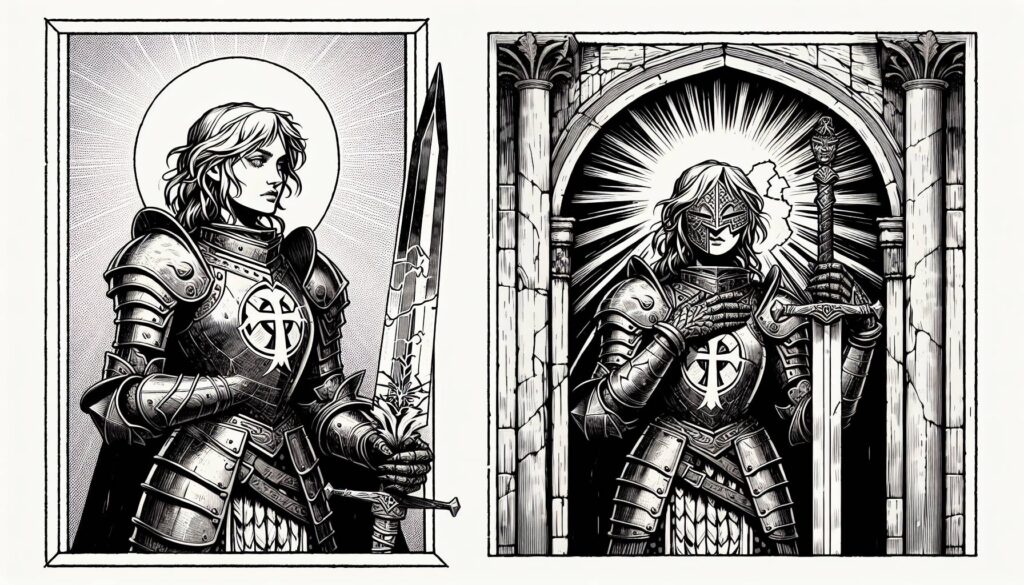
Crafting NPCs with Alignment Swings
For Dungeon Masters, creating NPCs with fluctuating alignments can inject new life and unpredictability into their campaigns. Imagine a villain’s henchman who, due to an unresolved identity crisis, spends every Thursday as a do-gooder, much to the chagrin of their wicked boss.
These NPCs can become memorable characters that players talk about long after the campaign ends. Consider the town guard who alternates between staunch law enforcement and questionable circus performer, or the merchant whose prices fluctuate based on a complex algorithm only they understand.
| NPC Examples | Possible Shifts | Resulting Quirks |
|---|---|---|
| Gruff Guard Greg | Lawful to Chaotic | Occasionally lets people into the city for jokes |
| Merchant Molly | Neutral to Chaotic | Prices change based on the phase of the moon |
| Harold the Henchman | Evil to Good (weekly) | Helps old ladies cross streets on Thursdays |
| Sorcerer Sam | Good to Evil (random) | Sudden urge to monologue about villainy |
| Bartender Betsy | Neutral to Good | Gives away free drinks and bedtime advice |
| Duke Damien | Chaotic to Lawful | Implements bizarre but strict new laws every fortnight |
| Pirate Pete | Evil to Neutral | Occasionally donates stolen treasure to orphans |
| Baker Brenda | Good to Chaotic | Bakes explosive muffins of hilarity |
| Priestess Penny | Lawful to Neutral | Sermons full of “finding your own path” |
| Ranger Rick | Chaotic to Lawful | Obsessive about park regulations on certain days |
Plot Twists Through Alignment Chaos
Alignment changes can serve as catalysts for plot twists, keeping players on their toes and narratives fresh. For instance, a shift can reveal latent traits in a character, prompting unexpected alliances or rivalries. The once steadfast ally might question the party’s motives, or a long-despised foe could become an unlikely friend.
⚔️ Fantasy RPG Random Tables Books
Make life as a Gamemaster easier…
If you play Dungeons & Dragons, Pathfinder, or other fantasy RPGs, this
RPG random tables series
is packed with encounters, NPCs, treasure, and more. Available in eBook or print—either way, you’ll have a wealth of adventure ideas at your fingertips.
Dungeon Masters can skillfully wield these shifts to introduce new story arcs, plant seeds of conflict, or even resolve ongoing subplots with an unexpected resolution. By embracing alignment chaos, they maintain a dynamic and evolving narrative where nothing is ever truly set in stone, and players remain engaged and intrigued.
By integrating alignment shifts creatively, DMs can ensure that their campaigns remain vibrant, unpredictable, and exhilarating. Encouraging players to role-play these shifts adds layers of intrigue and comedy to the storyline, ensuring that each session is an unforgettable adventure.
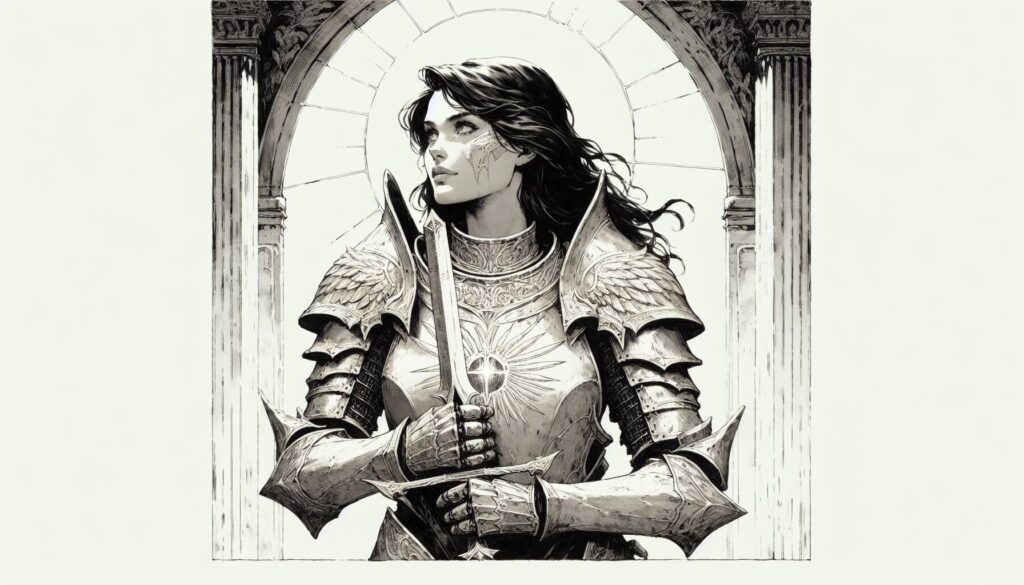
The Players’ Guide to Surviving Alignment Turbulence
For players, adapting to sudden shifts in alignment can be as thrilling as it is challenging. Here are some humorous tips for maintaining group cohesion amidst the inevitable chaos:
- Embrace your new alignment with gusto.
- Blame it on the chaotic influence of the group’s bard.
- Use it as an opportunity to create a more complex backstory.
- Run with the change—literally, if now Chaotic Neutral.
- Turn existential crisis into comic relief at tavern sessions.
- Channel your new persona into over-the-top role-playing.
- Engage in friendly banter with allies over their “right” alignment.
- Create a support group for others experiencing alignment swings.
- Form alliances with NPCs sharing your newfound outlook.
- Remember it’s all part of the fun—enjoy the ride!
Environmental Influence on Alignment Shift
Different settings in a D&D game can exacerbate or mitigate alignment shifts, adding another layer of complexity to a campaign. A forest of eternal whimsy might tempt even the staunchest Lawful Good character to prank the local druids, while a city of strict regulations might encourage even free-spirited adventurers to toe the line.
| Environments | Potential Alignment Effects | DM Tips for Managing Shifts |
|---|---|---|
| Forest of Whimsy | Lawful to Chaotic | Encourage playful interactions with magical creatures |
| City of Order | Chaotic to Lawful | Implement strict urban codes to test players’ resolve |
| Haunted Ruins | Good to Neutral | Use eerie vibes to induce introspection |
| Fae Enclave | Neutral to Chaotic | Highlight fae charm effects influencing behaviors |
| Mountain Monastery | Evil to Good | Promote healing and redemption storylines |
| Desert Mirage | Chaotic to Neutral | Introduce mirages that challenge personal beliefs |
| Pirate Cove | Neutral to Evil | Tempt with piratical delights and moral temptations |
| Sacred Temple | Evil to Good | Use divine interventions to steer character arcs |
| Underground City | Neutral to Evil | Cultivate intrigue with dark, hidden societies |
| Mystic Lake | Neutral to Chaotic | Use mysterious waters to reflect inner desires |
Balancing Humor and Drama
While alignment shifts can be a source of abundant laughter around the table, the D&D experience thrives on a delicate balance between comedy and meaningful character development. Players revel in the absurdity of shifts—imagine the party’s Rogue suddenly developing a policy on “honor among thieves”—but these moments also offer the chance to delve deeper into character motivations and growth.
Balancing these elements means allowing characters to experience the full spectrum of emotions and decisions their new alignments bring without losing sight of the overarching narrative stakes. By integrating humor with heartfelt moments, DMs can explore complex themes within the campaign while ensuring players never feel bogged down by the seriousness.
Ultimately, alignment shifts are about showcasing characters’ depth while keeping gameplay lighthearted and fun. They provide a refreshing break from the ordinary, encouraging players to explore new dynamics and interactions within their gaming group.
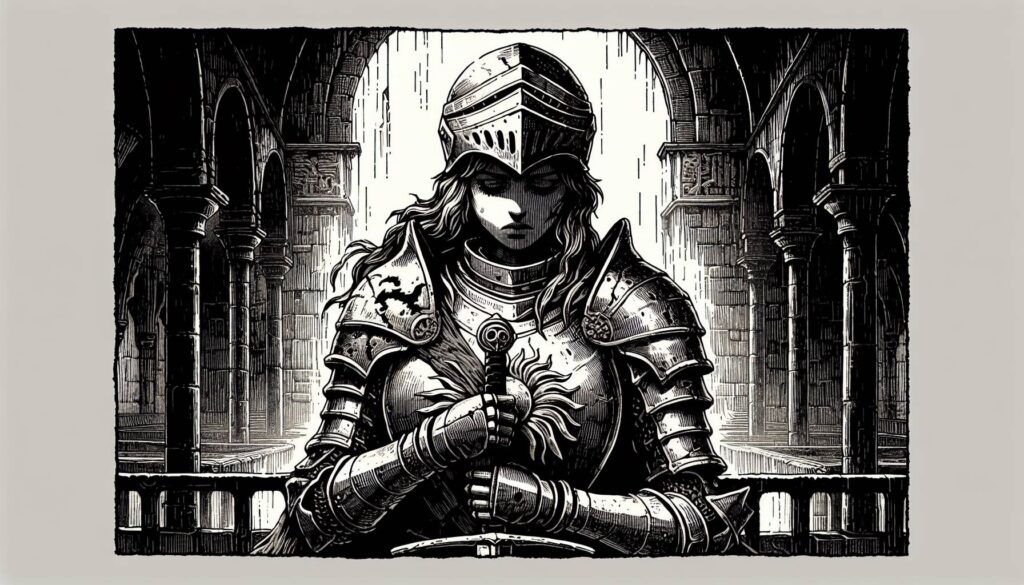
Celebrating Alignment Chaos in D&D
At the heart of any great D&D campaign is the ability to adapt, embrace chaos, and find joy in the unexpected. Alignment shifts add dynamic chaos that can transform campaigns into legendary tales filled with laughter and surprise. From characters diving headfirst into uncharacteristic antics to the profound growth these shifts can prompt, players and DMs alike are invited to use this tool for creativity and group bonding.
Dungeon Masters who embrace alignment chaos open the door to innovative storytelling, allowing narratives to ebb and flow with the same vibrancy found in the players themselves. The incorporation of alignment shifts can breathe new life into campaigns, prompting unique character arcs that reflect personal growth or the effects of unforeseen circumstances. This tactic not only engages the players but also fosters an organic evolution of the story, making it feel more alive and responsive to the choices made around the table. Every shift can renew interest in the campaign, presenting opportunities for unexpected alliances or rivalries that keep players guessing. A hero’s journey takes on new dimensions when their motivations are in flux, leading to thrilling scenarios where friendships are tested, and loyalties are redefined. Characters who once marched in lockstep can suddenly find themselves battling not just external foes, but the complexities of their own changing natures. These dynamics lend richness to the narrative, allowing the themes of trust, betrayal, and redemption to resonate deeply. The beauty of alignment chaos lies in its unpredictability, ensuring every session remains memorable and fun. It invites players to step outside their comfort zones, experimenting with new facets of their characters while guiding the story in delightful new directions. This embrace of uncertainty can give rise to laugh-out-loud moments steeped in comedy, but also facilitate dramatic revelations that lend weight to the evolving narrative, striking a perfect balance between lightheartedness and depth. By enjoying these moments of delightful upheaval, players and DMs craft stories that resonate long after the dice have settled. As the campaign develops, it transforms into a tapestry woven from shared experiences, laughter, and camaraderie—an epic journey that reflects the true spirit of Dungeons & Dragons. So, gear up and dive into the chaos; the next adventure awaits, and it promises to be as unpredictable as it is unforgettable!

